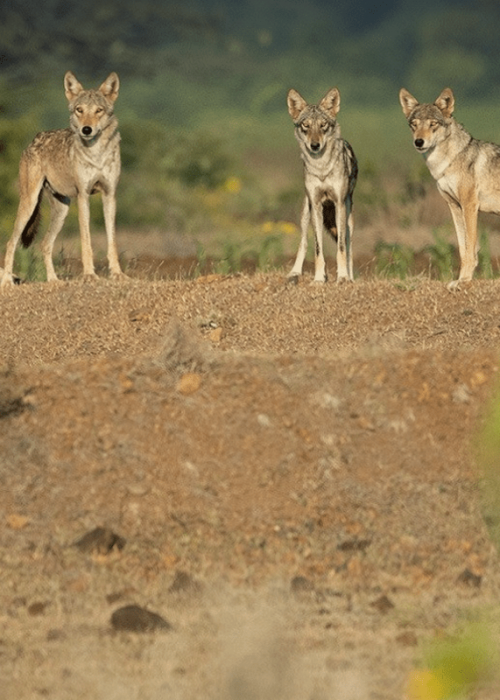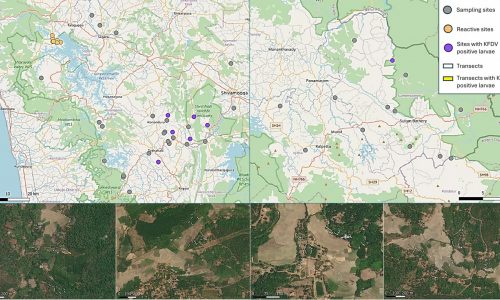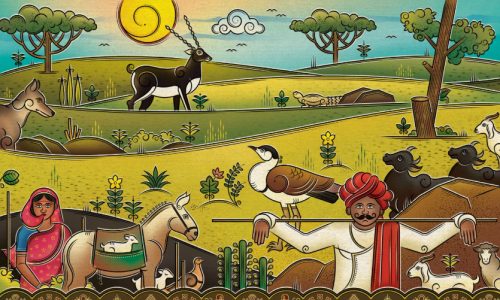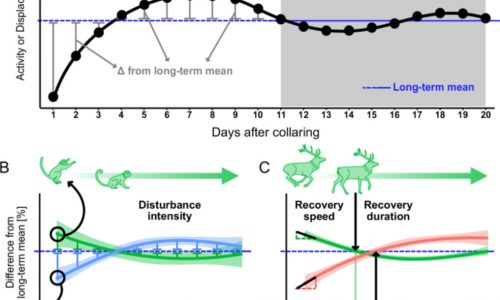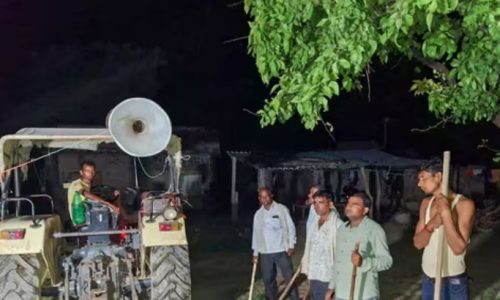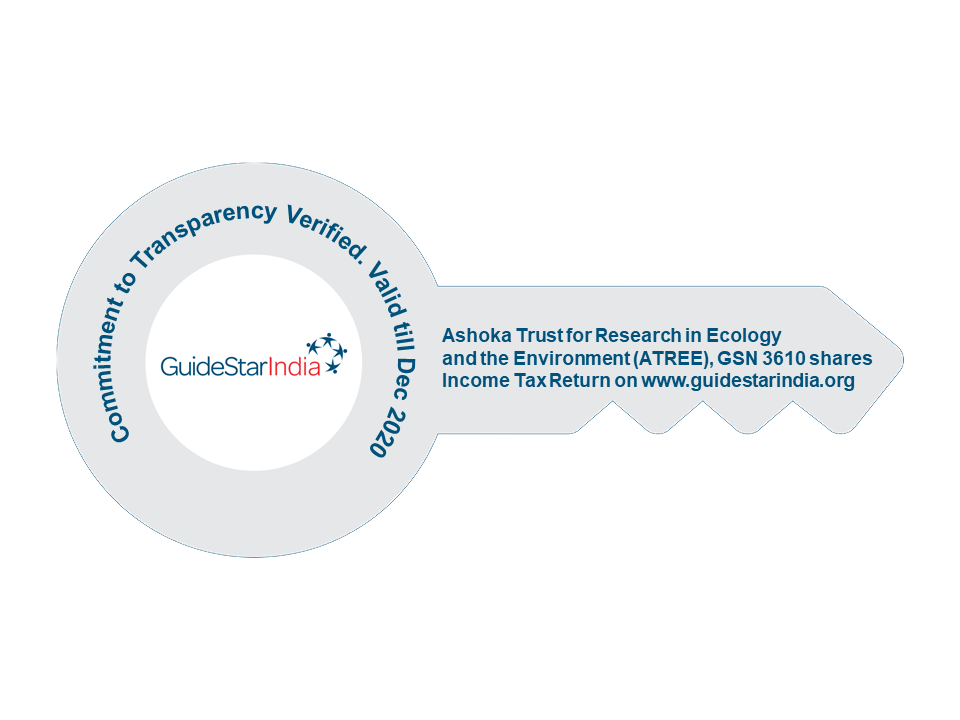Anuja Malhotra and Abi Tamim Vanak
Nature in Focus | July 20, 2023
International calls for land restoration, such as the UN Decade on Ecosystem Restoration, have created a push and an enabling environment for scaling up restoration in India. While there has been a valid focus on forested landscapes, the vast majority of the semi-arid and sub-humid regions of peninsular India are non-forested Open Natural Ecosystems (ONEs), which consist of savanna grasslands, shrublands, rocky outcrops, semi-deserts and deserts. The forest-centric bias has resulted in the mismanagement of these vulnerable biomes for decades, with serious consequences for biodiversity, people, and natural assets. While the undervaluation of ONEs dates back to colonial India, even today, vegetation maps classify grasslands, shrublands and other desert, arid and semi-arid ecosystems, either as ‘forests’, ‘degraded lands’ or even ‘wastelands’.

